I threw a picnic in our garden the other day. We were busy with all…
What did the English use for building – Part 2
Last time we had a look what materials were used in England for building houses/walls. Let’s have a look now what materials were used for roofs.
Slate
Slate roofs were used where slate was available, so in Scotland and Cornwall and it became popular only with the spread of transportation. Cambrian slate has a distinctive green colour and is quite thick, while the Welsh slate is grey. Welsh slate was popular in Victorian times because it was easier to split them into bigger pieces. Therefore, Welsh slate was used more often.
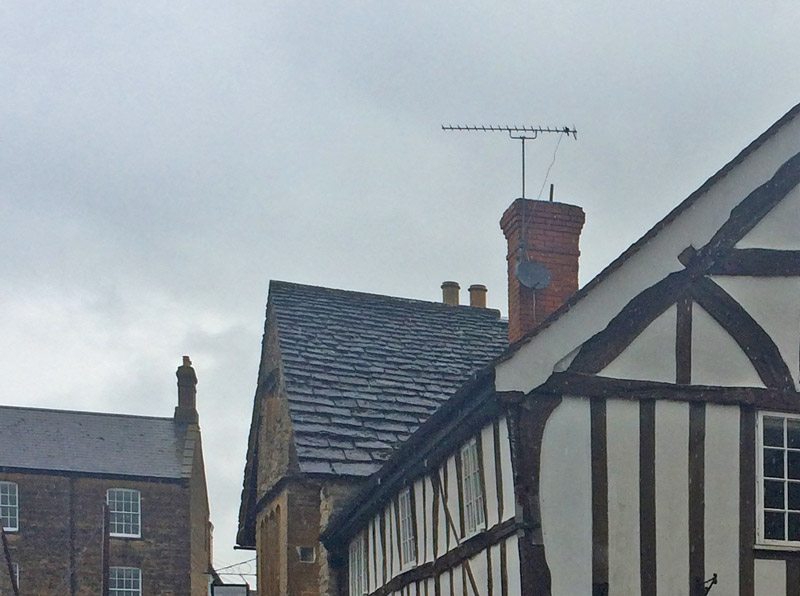
Tiles
Tiles were first imported from the Netherlands in the 13th century, then into the South and East during the 15th century. Because of the increased demand, the production started in England. Just like the case of bricks, the colour of the tiles depended on the type of the local clay, however, it could be influenced by the burning process: tiles in the middle of the kiln and closer to the fire were subjected to more heat, therefore took on a slightly different patina.
Peg tile
Peg tiles were square shape tiles with one or two holes in the top part and were fixed with wooden pegs, hence the name. It was not a long term solution as the wooden pegs rot and iron pegs rust.
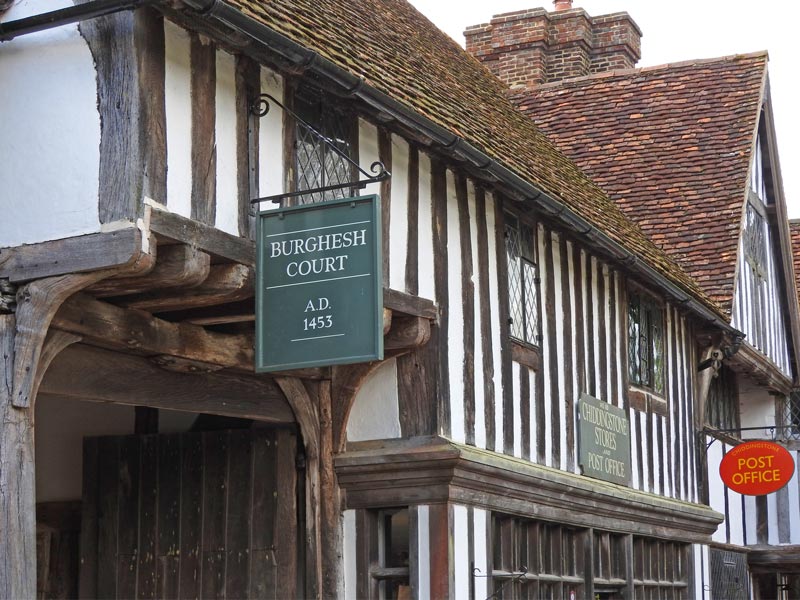
Pantile
Pentiles were first imported form the Netherlands and spread mainly in East-Anglia and in the biggest harbours of England like Bristol. Pantiles have a very distinctive S-shape but other shapes were available. Less pentiles were needed to cover a roof, therefore the roof was lighter which made it possible to change thatched roofs without having to replace the beams.
In Suffolk and Norfolk a colour was added to the clay during tile production and the result was black tiles. During the art deco period, green tiles were popular.
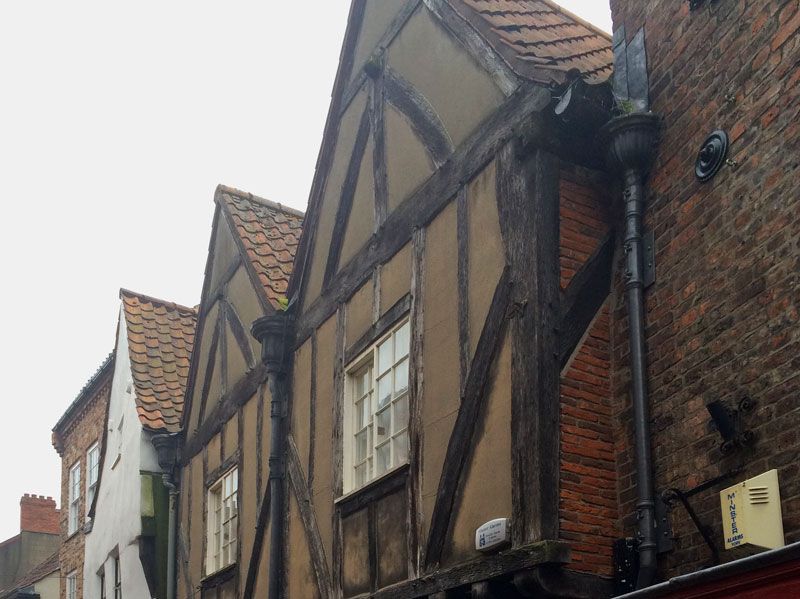
Stone tiles
Stone tiles were used only where stone could be split into sheets easily. This was mainly sandstone or limestone.
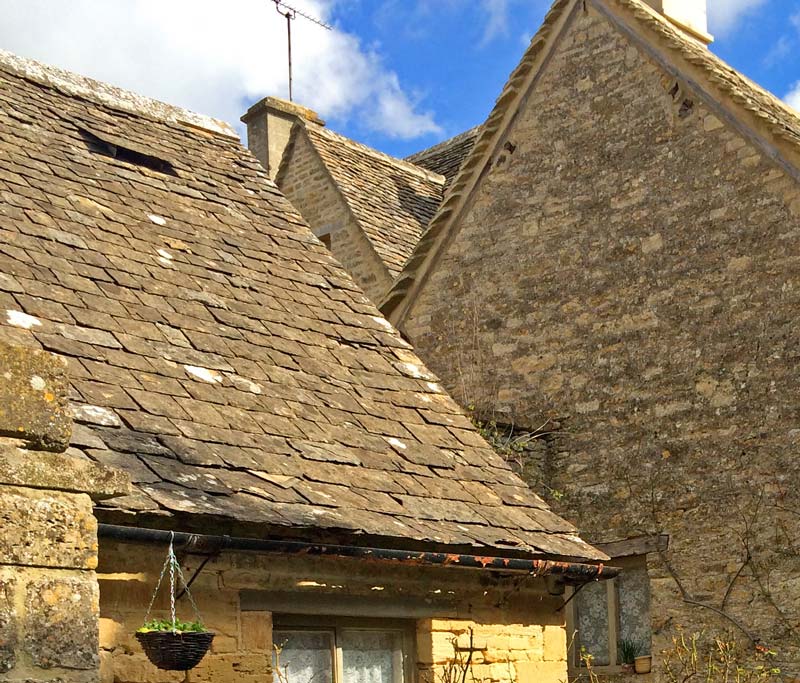
Thatched roof
The most common roof material in the middle age was reed and straw. It became less popular in the 17th century only because of fire risks.
Roofs of thatched houses are always steep, 45-60 degree to make the rainwater run off quickly. The best quality reed came from Norfolk and a roof made of that lasted generations. In the South, straw often was used instead of reed. When the reed thatched roof had to be changed the entire roof had to be changed. In case of a straw roof, only a new layer of straw was put on the roof. Straw roofs do not have such an organised look as reed roofs.
As in most countries, peoples names were determined by the job that they did. Tiler, Stone, Slater and Thatcher. So now we know what Margaret Thatchers ancestors did for a living..
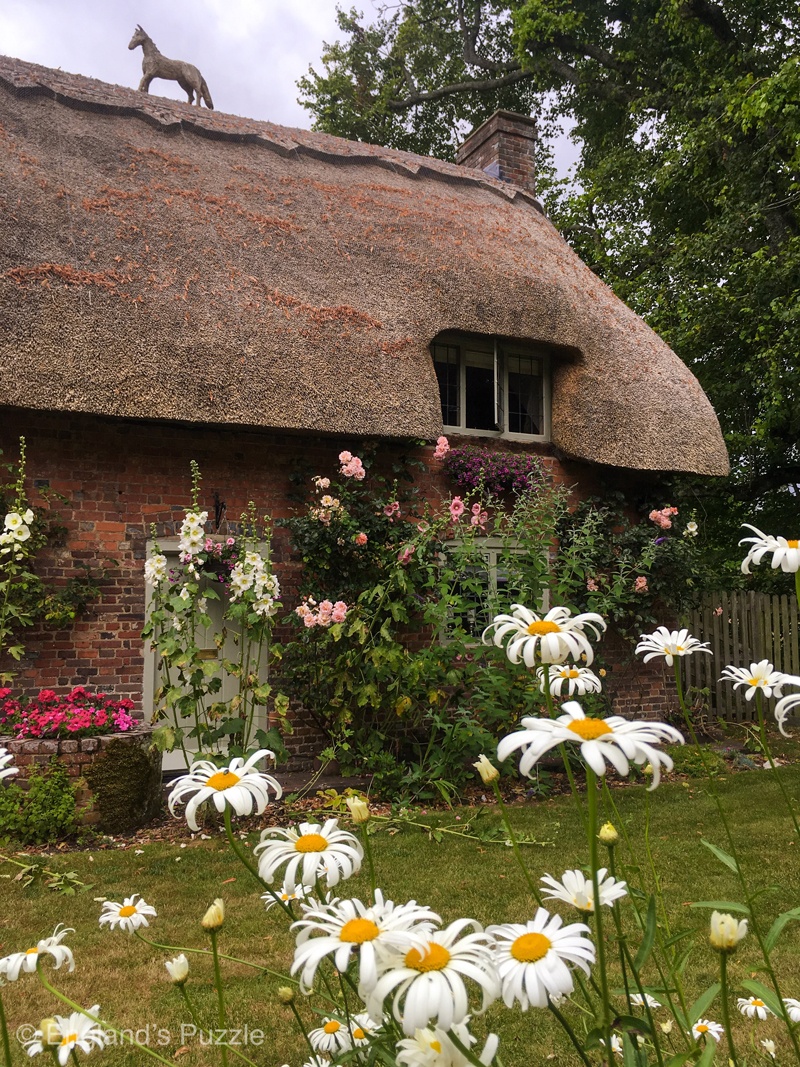




Comments (0)